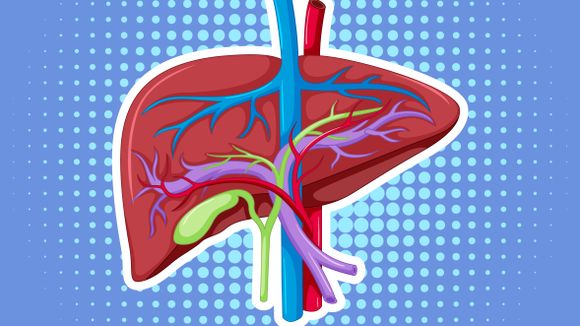Why are hepatitis viruses dangerous?
Hepatitis viruses are a serious problem around the world. Hepatitis A, a major cause of acute hepatitis in many parts of the world, is in serious decline in the developed world as a result of the existence of an effective vaccine. The disease remains prevalent in the developing world. Hepatitis B is also significantly inhibited by vaccination in the developed world, but remains a major cause of chronic hepatitis, cirrhosis and liver cancer in parts of Africa and Asia.
It is important to suggest that viral hepatitis can be fatal. Viral hepatitis types A, B, C, D and E can cause infection and subsequent inflammation of the liver, which can lead to serious diseases, including liver cancer or even death. People infected with hepatitis A and E almost always recover and do not need treatment. In the case of viruses B, C and D, infection can become chronic and some patients may develop a more serious diagnosis, such as liver cancer or cirrhosis. However, if the infection is detected in time, it can be treated.
In turn, people with the hepatitis C virus can make a full recovery, and there are vaccines that protect against viral hepatitis A, B, D and E.
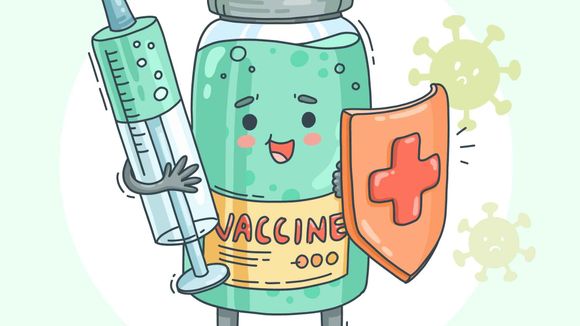
Herbal treatment for different subtypes of viral hepatitis
We distinguish several main types of acute viral infections of the liver – these are hepatitis A, E, B and C. They correspond to the subtype of virus that is causative. As you will see from the article, there is a wide range of herbal remedies that can be applied to any type of hepatitis. It is advisable to do this after consulting a medical practitioner in case other drugs are taken or there are specifics in the person's condition.
Herbs in acute hepatitis
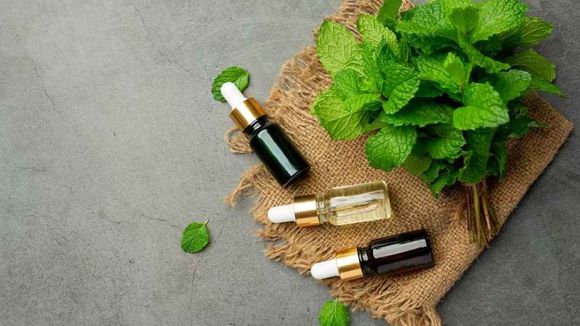
Andrographis paniculata
A hepatoprotective (providing a protective effect to the liver) and antiviral herb seems an ideal recommendation in case of acute infection with the hepatitis A virus. Andrographis paniculata (Andrographis stalk), a Southeast Asian herb of the Acanthaceae family, meets these criteria. The leaves are highly bitter and, according to traditional medicine, are used for liver-related problems. The leaves have been extensively studied and have been shown to be beneficial for people with acute upper respiratory tract viral infections, although most of the studies involved a major producer of extracts from the plant, and negative results may not be Published.
Silybum marianum
The seeds of Silybum marianum (milk thistle), specifically the flavonolignan complex known as silymarin extracted from the seeds, have been studied in patients with acute viral hepatitis. The most recent and high-quality study involved patients with acute hepatitis A, B, C or E; cytomegalovirus; or associated with Epstein-Barr hepatitis virus in Egypt.
Patients were treated with either 140 mg. Three times a day silymarin or multivitamins for 28 days. Jaundice decreases faster in silymarin than in the group of people taking the multivitamin, and tends to reduce other symptoms, such as fatigue and anorexia, more quickly in favor of silymarine. [ref. 1]
In a much smaller study, silymarin at a dose of 140 mg, three times a day, lowered serum transaminase and bilirubin levels more effectively than placebo in patients with acute hepatitis A or B. Although there is not enough evidence yet, at least we know that silymarin is extremely safe to use. [ref. 2]
Herbal formula Liv.52 (Liv.52)
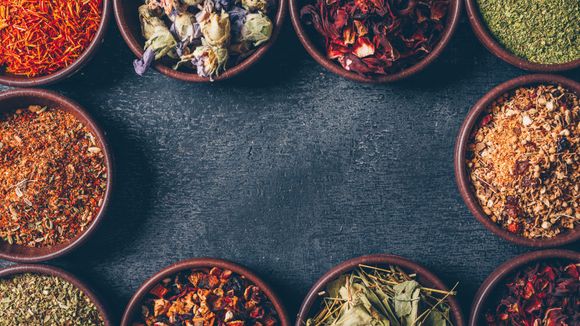
An herbal formula known as Liv.52 has also been studied in people with viral hepatitis caused by hepatitis A, hepatitis B and hepatitis E virus. It is unclear whether this is a traditional formula or a modern recipe; the ingredients are as follows:
- Capparis spinosa
- Cichorium intybus
- Terminalia arjuna
- Solanum nigrum
- Achillea millefolium
- Cassia occidentalis
- Tamarix gallica
- Ferric oxide calx
Several double-blind studies conducted in India have suggested that Liv.52 is effective in patients with acute hepatitis. Most of the formulas were not originally published in English or were in non-mainstream publications. Given these data, it still appears that Liv.52 may clear symptoms and reduce serum bilirubin faster than placebo. The typical Liv.52 dose is 275-550 mg. three times a day in capsules or 5-10 ml. syrup three times a day. [ref. 3]
Other herbs of alternative medicine
Various other Western and Eastern herbs are widely used as antiviral drugs during other acute infections and should be considered clinically and for research projects to help people recover from acute viral hepatitis faster. These herbs include Ligusticum porteri root (Osha), Ligusticum grayi root, Lomatium dissectum root (Lomatium), herb Forsythia suspensa (Forsitia, Forsycia), herb Hypericum perforatum (St. John's wort) and Coptis chinensis (Golden thread).
Herbs in chronic hepatitis
Glycyrrhiza glabra (licorice) and G. uralensis (Ural liquorice)
Chronic hepatitis C is an extremely common problem around the world. Hepatitis C is usually a very slow-growing disease and can have a wide range of manifestations. A large proportion of people with hepatitis C remain asymptomatic or oligosymptomatic. The main areas of therapeutic interest are to prevent progression of the disease to cirrhosis of the liver or hepatocellular carcinoma (HCC) and to reduce symptoms, if present.
Interferons and ribavirin are currently used for most patients to suppress viral load, but the drugs are expensive, cause many adverse effects and are not always effective enough. A very large HALT-C study recently found that treatment with IFN-a-2a for many years was not effective in preventing the progression of chronic hepatitis C. Therefore, other means, including herbal ones, should be sought.
Many long-term studies have looked at the triterpenoid saponin known as glycyrrhizin, found in the roots of Glycyrrhiza glabra (licorice) and G. uralensis (Ural liquorice) for patients with chronic hepatitis C. Glycyrrhizin can also be given by intravenous injection together with glycine and cysteine as the drug Stronger Neo-Minophagen C. However, the effects of its administration have not been sufficiently studied in the laboratory.
More impressively, at least three studies in Japan have shown that SNMC may reduce the risk of developing cirrhosis or chronic hepatitis C. One of these studies was a retrospective analysis of 456 patients with chronic hepatitis C seen in hospitals, most of whom had not responded to interferon treatment. The risk of developing hepatocellular carcinoma in patients whose serum ALT fell below 1.5, the upper limit of normal, was 60% lower compared to patients who did not receive this reduction. The average duration of therapy was 4.1 years. [ref. 4]
It is not known whether oral licorice products (Glycyrrhiza glabra) would be useful for people with chronic hepatitis C, although the herb is definitely a traditional remedy for liver problems. Assumptions about its potential value come from the use of the shosaiko-to formula in patients with chronic hepatitis B. This formula includes the following herbs:
- Bupleurum falcatum - root, 16%
- Paeonia lactiflora - root, 16%
- Pinellia ternata - rhizome, 14%
- Cinnamomum cassia- bark, 11%
- Zingiber officinale - rhizome, 11%
- Zizyphus jujuba —fruit, 11%
- Panax ginseng —root, 8%
- Scutellaria baicalensis —root, 8%
- Glycyrrhiza uralensis —rhizome, 5%
People taking licorice or glycyrrhizin in any form should be warned to regularly monitor their blood pressure and potassium levels in serum or urine. Doses should be reduced or treatment stopped if these parameters become imbalanced. Potassium-depleting diuretics enhance glycyrrhizin toxicity and should not be combined with it except under very close medical supervision.
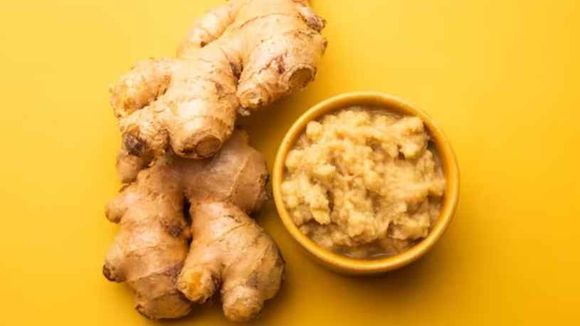
Taraxacum officinale (Dandelion) and root of Arctium lappa (burdock)
Other traditional hepatoprotective herbs are Taraxacum officinale root (Dandelion) and Arctium lappa root (burdock). These herbs are commonly used by herbalists and naturopathic doctors in chronic hepatitis C and should be considered in research.
Another herb that counteracts inflammation is Curcuma longa (turmeric), which also has a strong history of use as a hepatoprotective agent and has been shown to reduce inflammation in hepatocytes and protect these cells against iron overload.
Chronic hepatitis B
The hepatitis B virus (HBV) is an epidemic in Asia and Africa, although the availability of a vaccine is beginning to reduce the incidence of this disease. Unlike chronic hepatitis C, chronic hepatitis B is much more likely to progress to cirrhosis and hepatocellular carcinoma. Therefore, there is an acute need for an effective, safe alternative to drug therapies (to which the virus often develops resistance if taken long-term) for this complex and difficult disease.
Shosaiko-to formula
The traditional formula, known in Chinese as Xiao Chai Hu Tang and in Japanese as shosaiko-to, which translates into English as Minor Bupleurum Decoction, was first recorded in the book Shang Han Lun. This treatise was written at least 2,000 years ago, and its postulates have been applied for at least as much.
The ingredients of the Xiao Chai Hu Tang formula are:
- Bupleurum falcatum - root, 16%
- Paeonia lactiflora- root, 16%
- Pinellia ternatа - rhizome, 14%
- Cinnamomum cassia - bark, 11%
- Zingiber officinale- rhizome, 11%
- Zizyphus jujuba —fruit, 11%
- Panax ginseng —root, 8%
- Scutellaria baicalensis —root, 8%
- Glycyrrhiza uralensis —rhizome, 5%
Two randomized trials have evaluated the long-term potential of this formula for the prevention of hepatocellular carcinoma in patients with chronic hepatitis B in Japan. In the first study, 260 patients with cirrhosis caused by chronic hepatitis B were treated with conventional therapies, and some subjects were also randomized to take 7.5 g daily shosaiko-to for 34 months. The incidence of hepatocellular carcinoma at the end of the follow-up period was significantly lower in the shosaiko-to group compared to patients in the control group. In what appears to be an extension of the original study to 60 months, HCC levels are still lower and survival is better in the shosaiko-to group than in the conventional therapy group. [ref. 5]
Fuzheng Huayu formula
Another formula based on herbs traditionally used for liver problems and experimentally proven to have antifibrotic action and benefits in patients with cirrhosis has been studied in patients with chronic hepatitis B. The ingredients of the formula are:
- Salvia miltiorrhiza (Chinese sage) - root 33.3%
- Gynostemma pentaphyllum - root 25%
- Fermentation mycelium powder - 16.7%
- Schisandra chinensis (Schisandra) - fruit 8.3%
- Prunus persica (Peach)—seed 8.3%
- Pinus spp. (Pine) - pollen 8,3%
